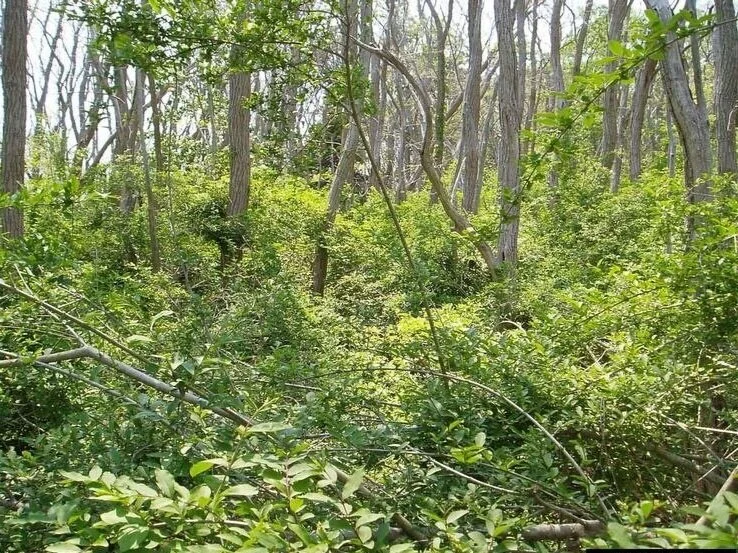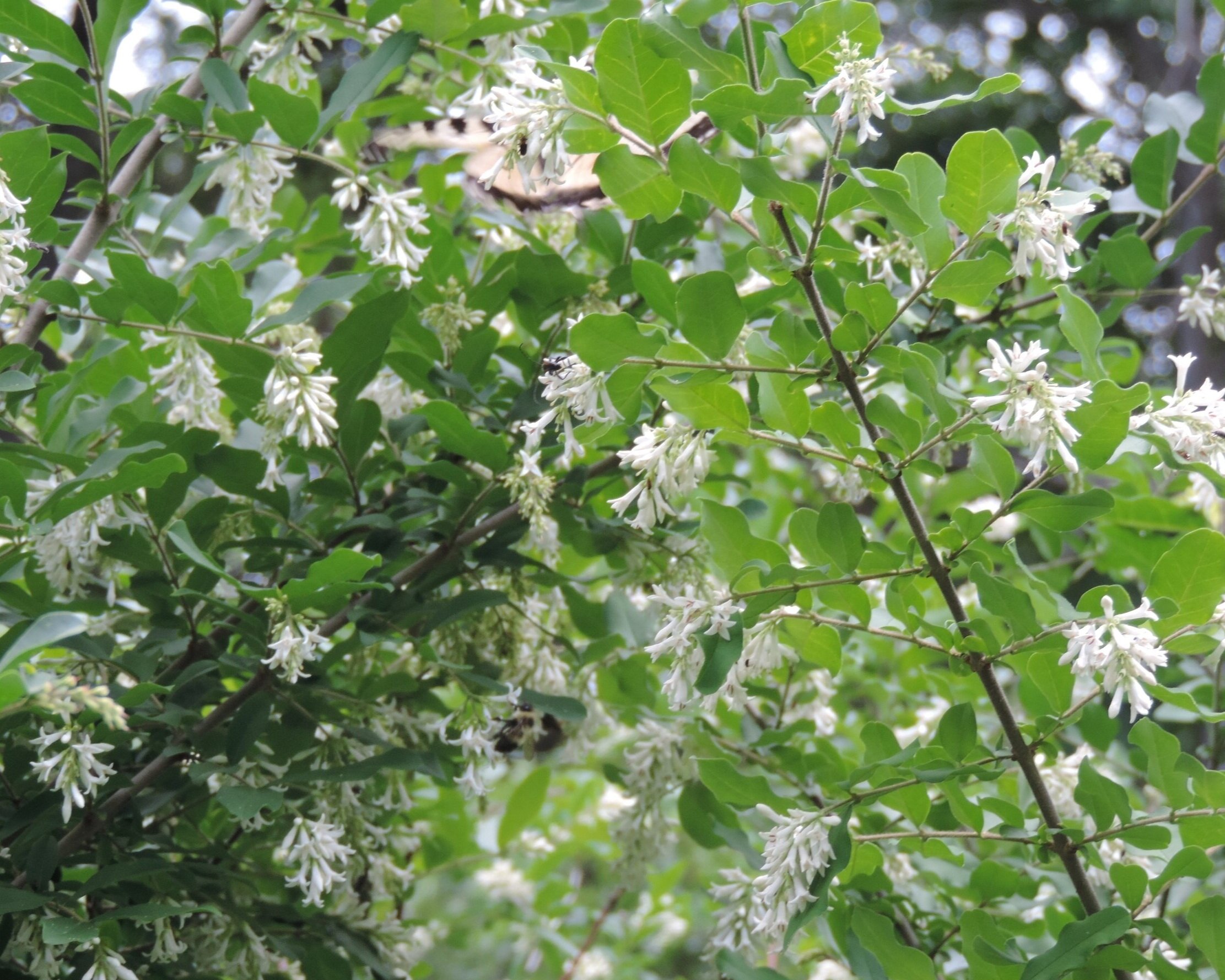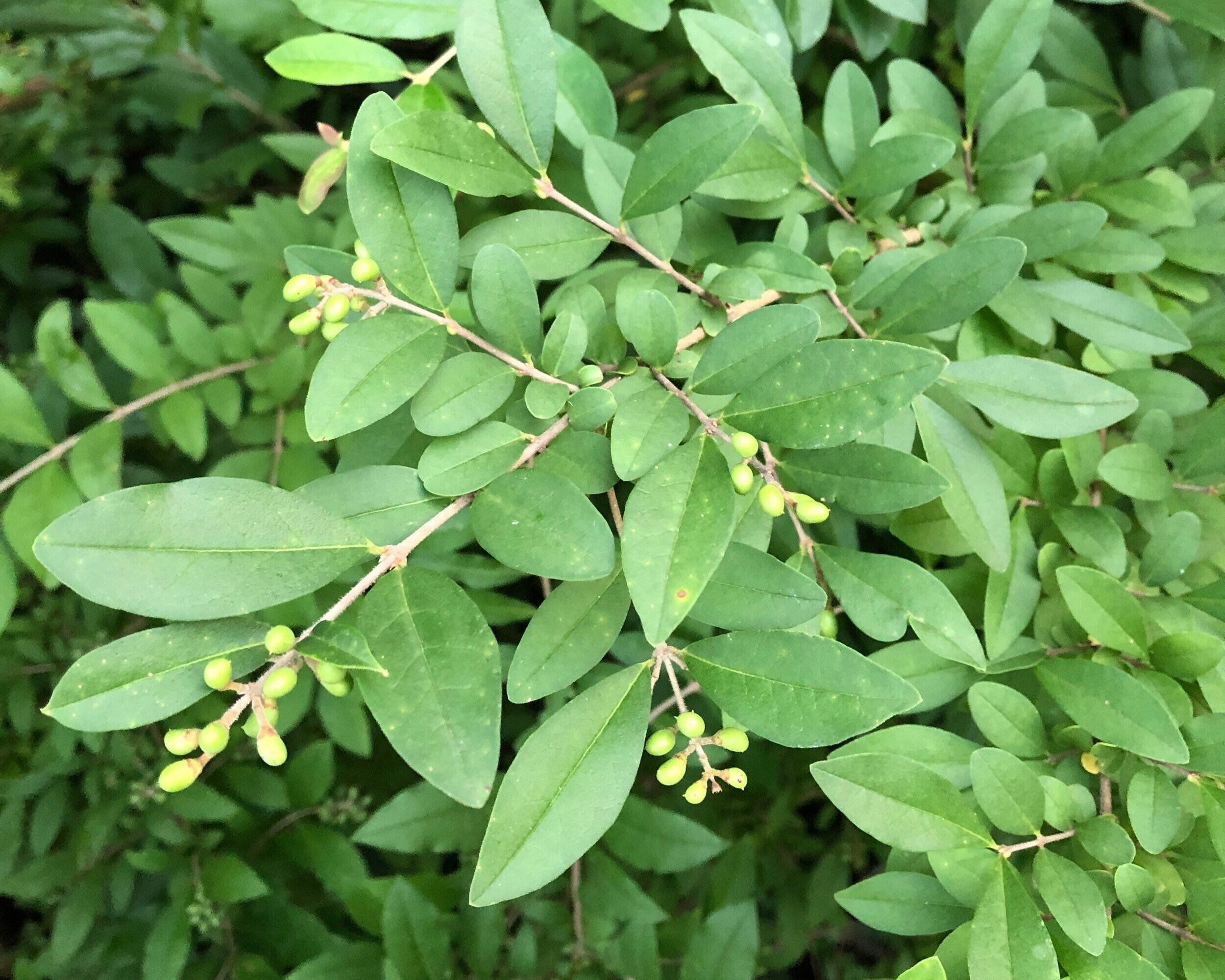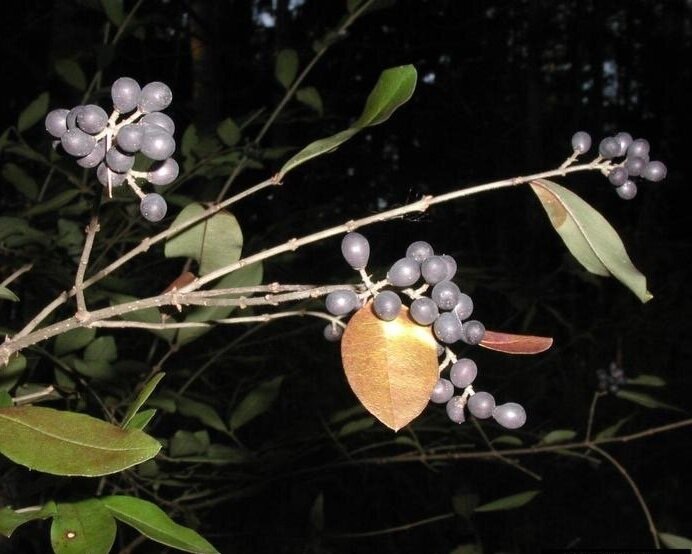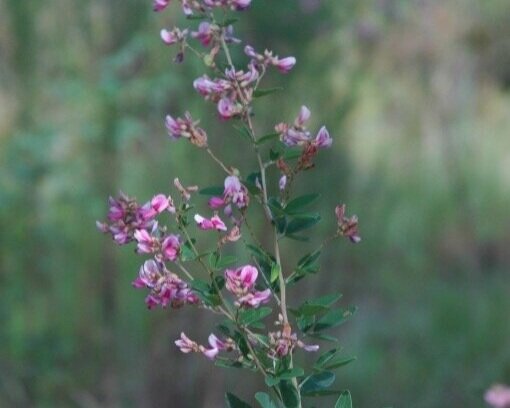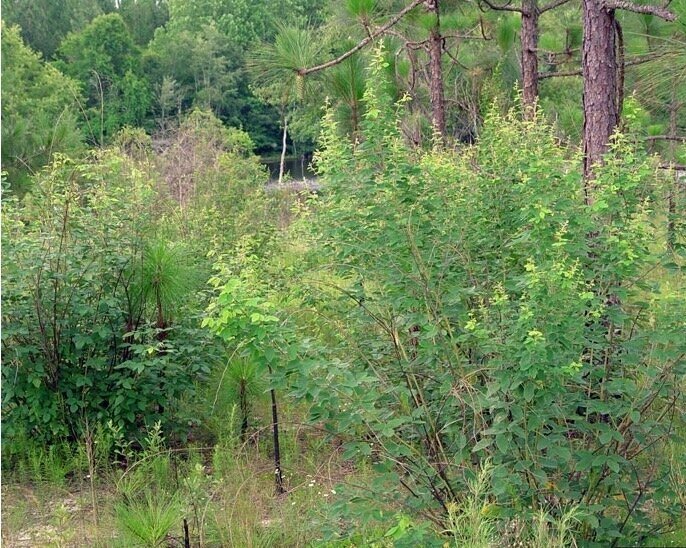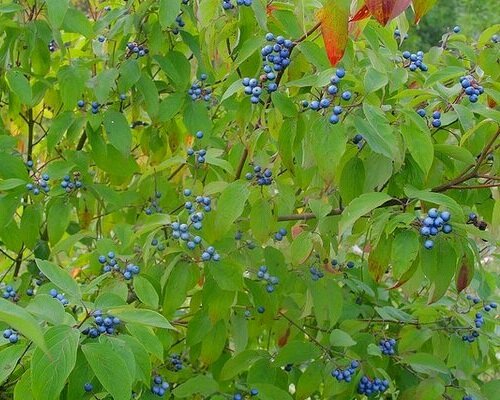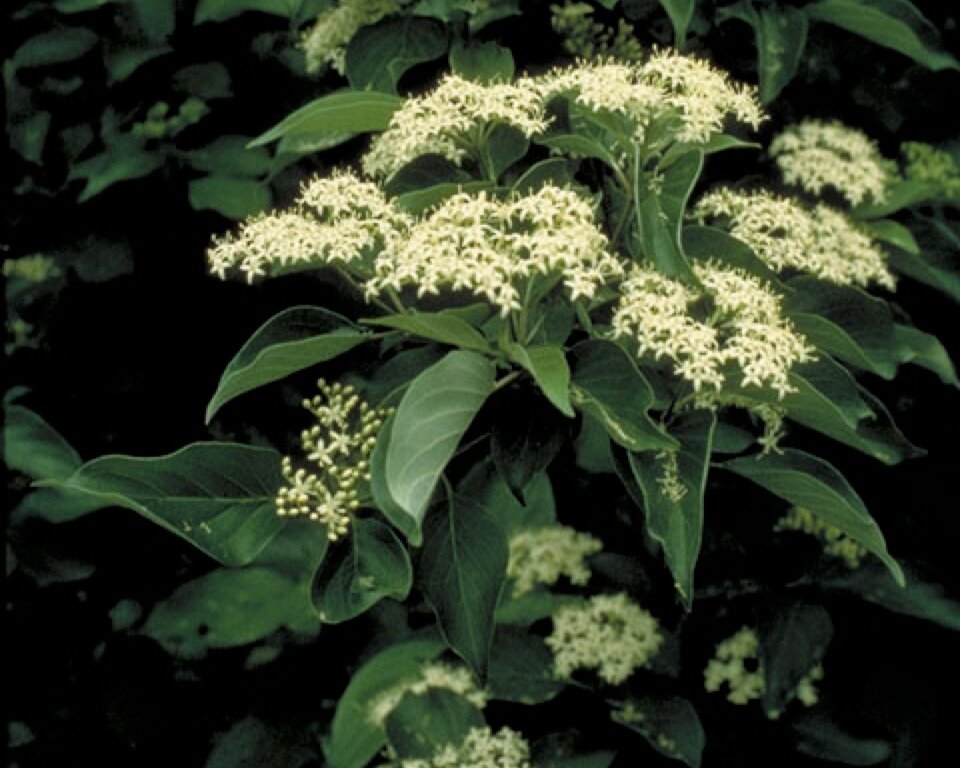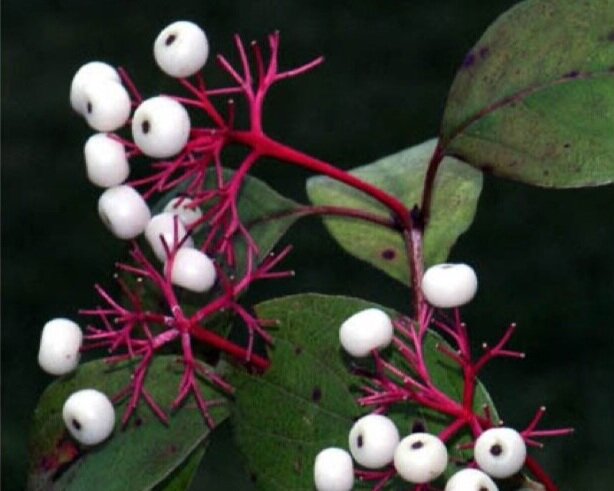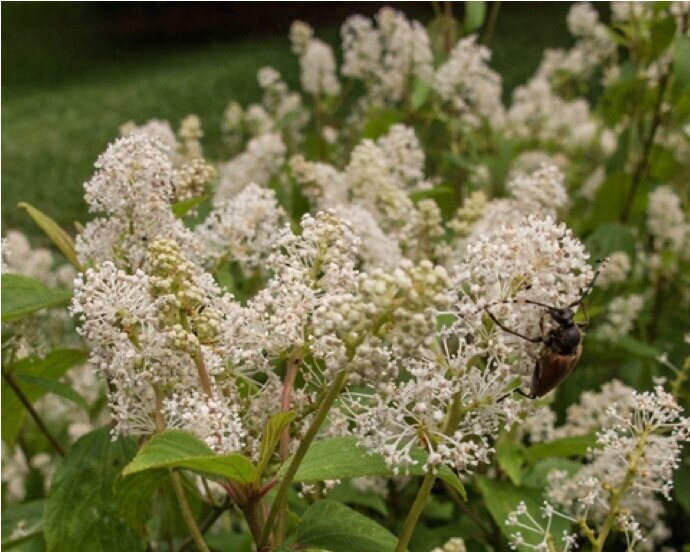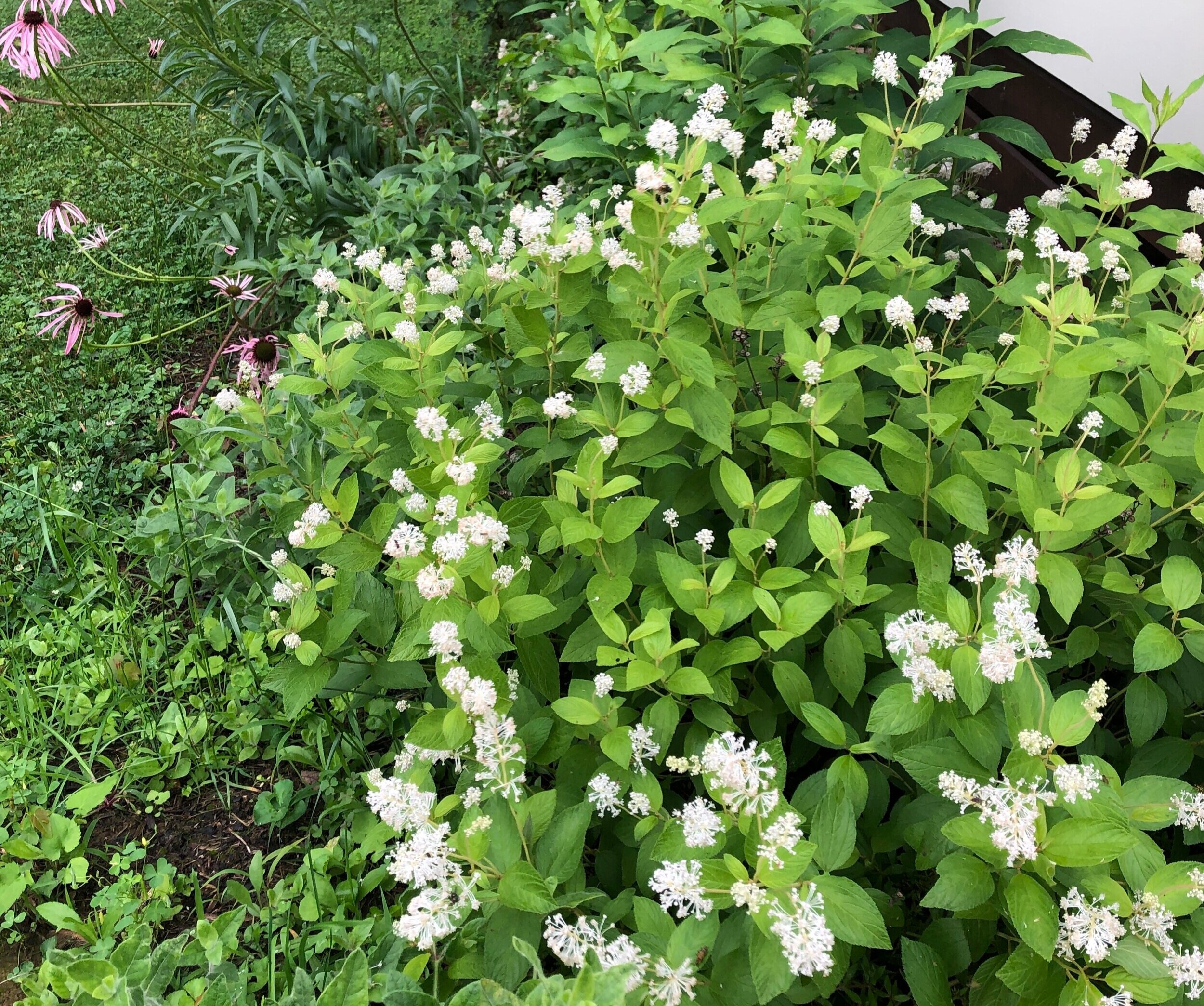INDIANA INVASIVE SPECIES WEEK - DAY 5
SICIM Email
INDIANA INVASIVE SPECIES WEEK, APRIL 19-25, 2020
Reposted from the Indiana Invasive Species Council Blog
Happy Post Earth Day
I am still stuck on what an amazing planet we are on so I can’t relinquish celebrating Earth Day yet. I admit that not only do I enjoy learning about organisms on this planet, but I also enjoy learning their names, both Latin and common names, but especially common names. Common names are often ripe with local flare and tell a story all by themselves. I admit I can barely keep up with Latin names, much less all the common names a species may have, but it’s fun to try. It’s certainly enjoyable when you get the chance to learn from the very folks who use those common names. And it’s not just plants, it’s all species. The snot otter is a great common name for Eastern hellbender, shypoke seems fitting for American bittern and custard apple is perfect for a Pawpaw tree. You must admit Pawpaw is a cool name too. It pops through your lips and makes you feel like you are speaking a secret code. Words (languages) are fun. They not only allow us to communicate with each other, but they add spice to life, entice us to seek and enjoy the find and help us celebrate our local native species. Go native!
Today’s plants:
INVASIVE LANDSCAPE PLANT SPOTLIGHT
Regulated terrestrial invasive plant: Blunt leaved privet or border privet (Ligustrum obtusifolium)
Non-regulated terrestrial invasive plant: Shrubby lespedeza (Lespedeza bicolor)
Native alternatives for your landscape in Indiana
Shrubs:
Silky and gray dogwoods (Cornus amomum and C. racemosa) – pollinator connection: bees and are host to larvae of Summer azure butterflies.
New Jersey tea (Ceanothos americanus) – pollinator connection: bees, butterflies, moths, flies, wasps and is larval host to both Summer azures and Mottled duskywings.
Additional resources:
- Dawn Slack, Director of Stewardship with The Nature Conservancy In Indiana
Chair, Invasive Plant Advisory Committee
Project Coordinator, Indiana Invasives Initiative, SICIM
(Background photo of blunt leaved privet by Leslie Mehrhoff, Bugwood.org)
